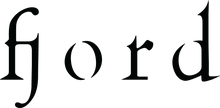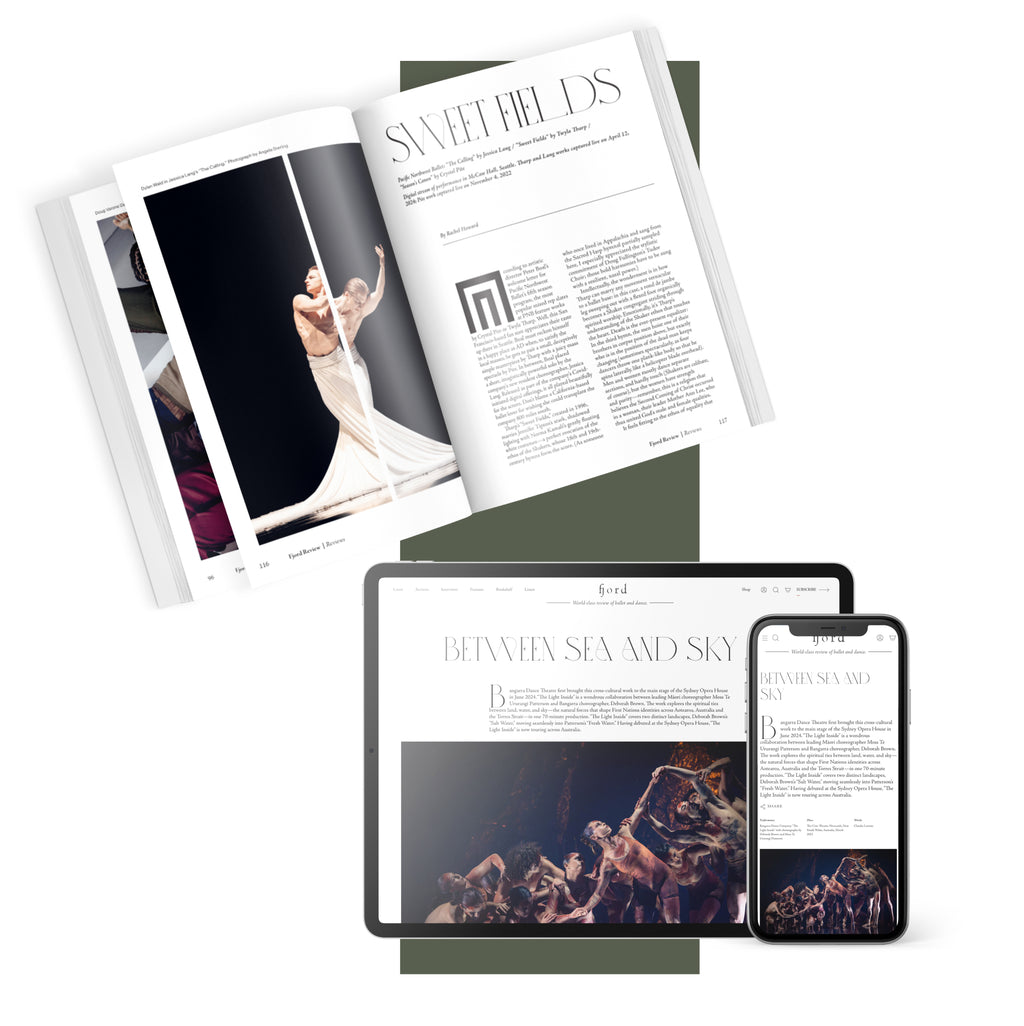“Ephemeral Solace (In Passing)” is a rare chance to watch two impeccable ballet artists at work up close. Audience members stand against the gallery walls for the 20-minute piece, mere feet from the performers. Stanley is a principal dancer for New York City Ballet, and Knight, a soloist. This work also demonstrates how an interdisciplinary layering of art forms can shift a viewer’s perspective. Stanley and Knight’s choreographic collaboration also seems to explore this idea. Not only does their presence lend a context to the art installation, their dance shifts attention from one performer to the other in a way that shows how identity is shaped through the eyes of “the other.”
While Stanley lies seaweed-like over the rock, a princely Knight (or is he a hunter?), dressed in tailored short pants and shirt, announces his presence with a precise series of tendu and retiré that dancers commonly practice at their daily barre. When Stanley’s creature notices Knight with curiosity, the two take up a pas de deux to the sound of rain and piano notes. Stanley is the ballerina in this pairing, soft and lyrical in unitard and bare feet, with Knight lifting and supporting. My view of Stanley’s solo to the sound of church bells, is partially blocked by a sculpture. I see the occasional flash of an arm or hand like a bird in flight.











comments